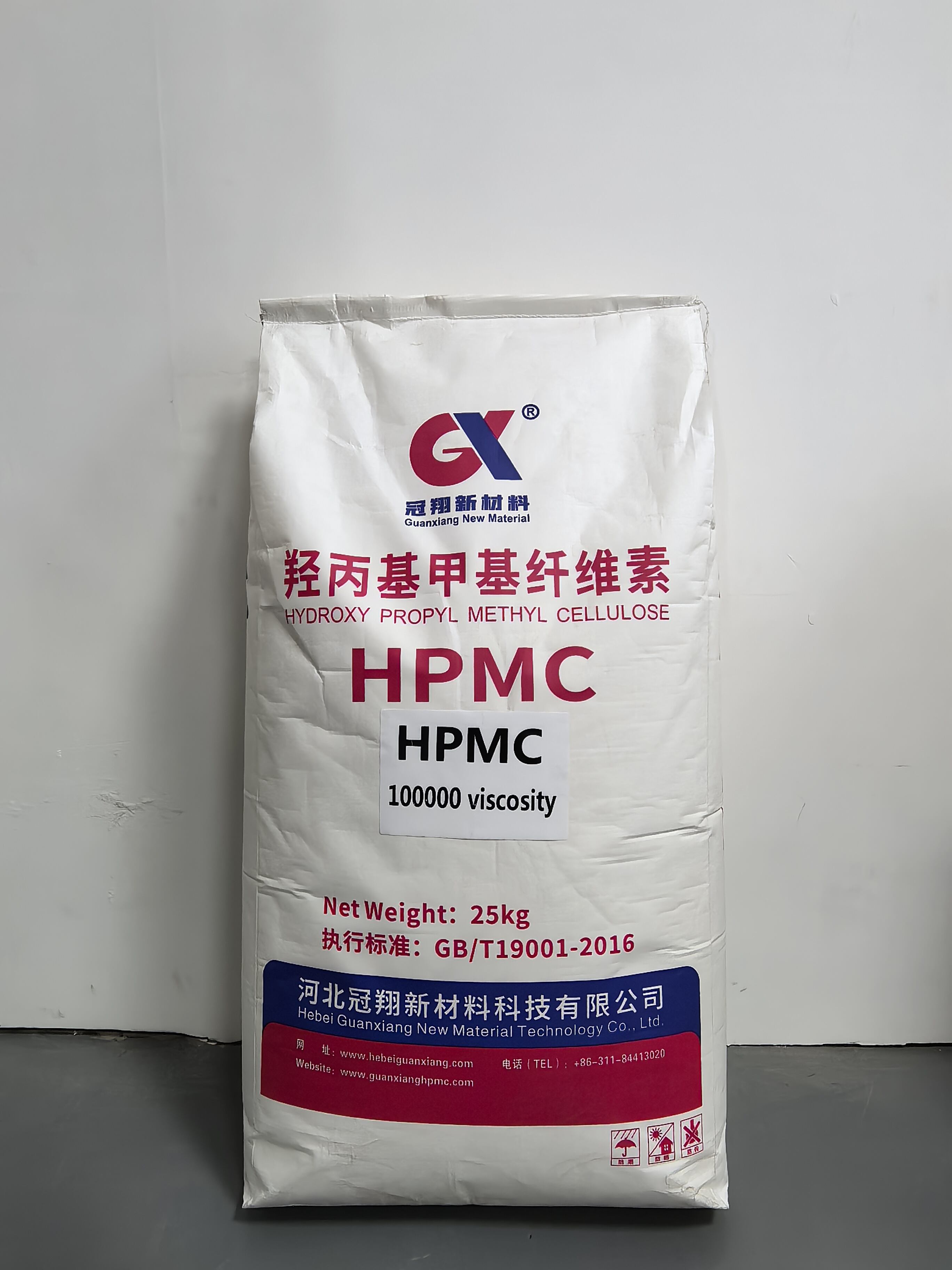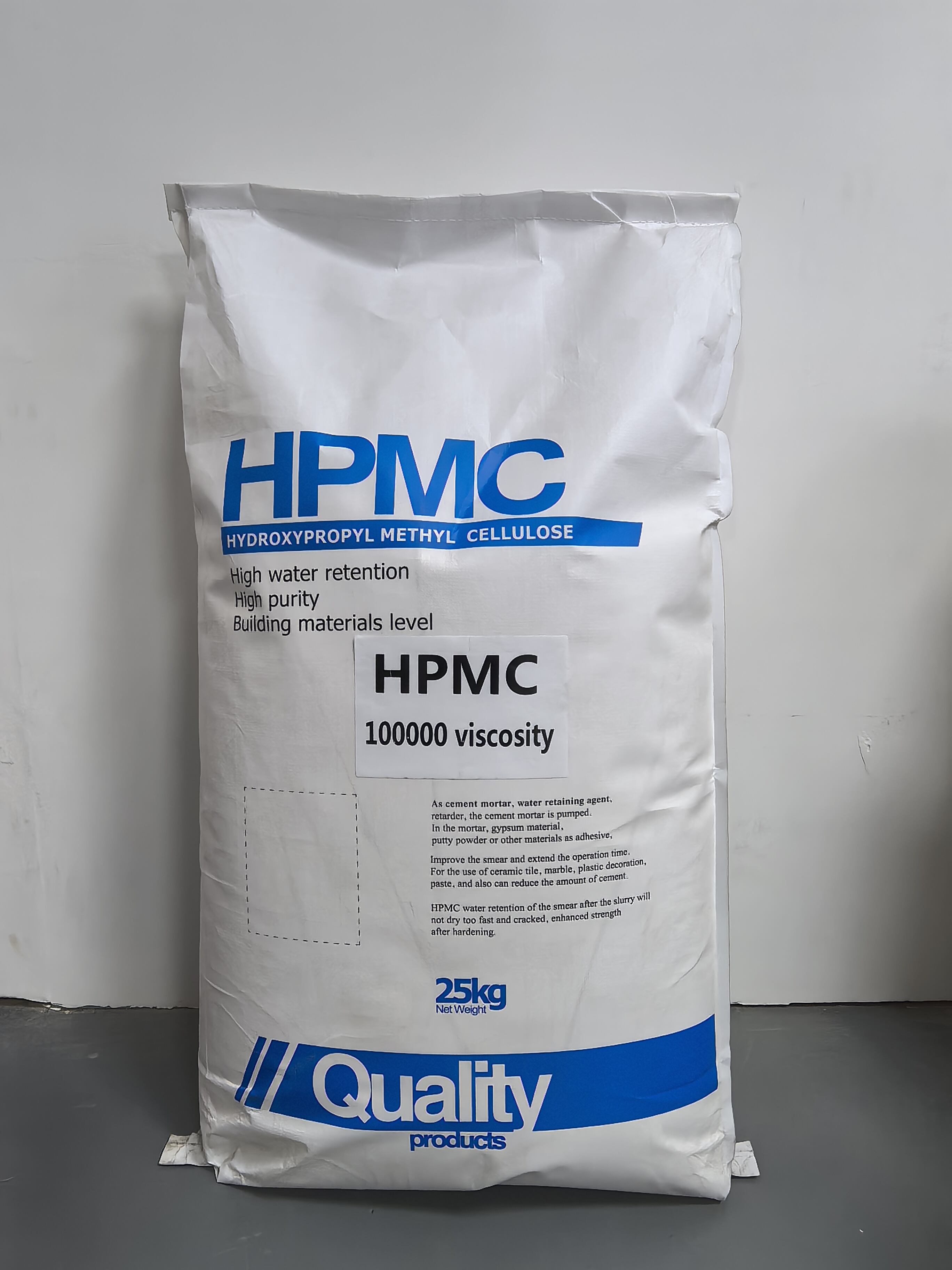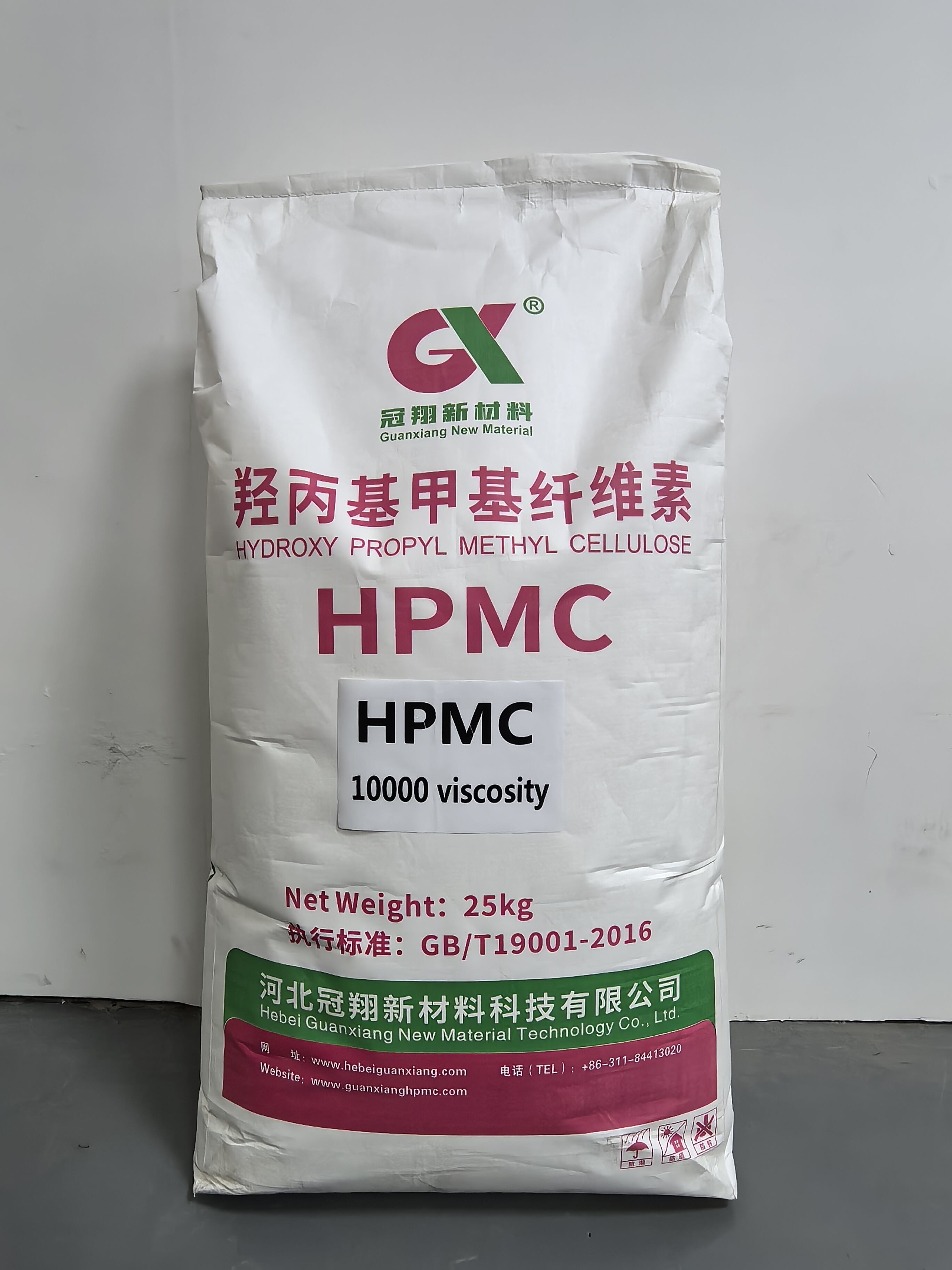hydroxypropyl methylcellulose price
Hydroxypropyl methylcellulose (HPMC) price reflects its position as a versatile and essential chemical compound in various industries. This cellulose ether derivative combines exceptional binding properties with superior film-forming capabilities, making it a crucial component in pharmaceutical, construction, and food industries. The current market pricing structure is influenced by factors including raw material costs, production scale, grade specifications, and global demand patterns. HPMC's price point varies based on viscosity grades, ranging from low to high molecular weight variants, each serving specific applications. In the pharmaceutical sector, HPMC commands premium pricing due to its role in controlled-release drug formulations and tablet coating. The construction industry utilizes HPMC as a water-retention agent and thickener in cement-based products, with pricing reflecting bulk quantity requirements. Food-grade HPMC, used as an emulsifier and stabilizer, maintains competitive pricing despite stringent quality standards. The global HPMC market demonstrates price stability with gradual appreciation, supported by increasing demand in emerging economies and expanding applications in various sectors.


